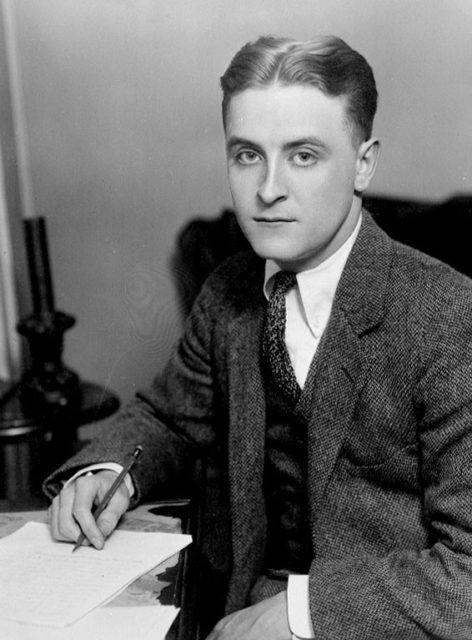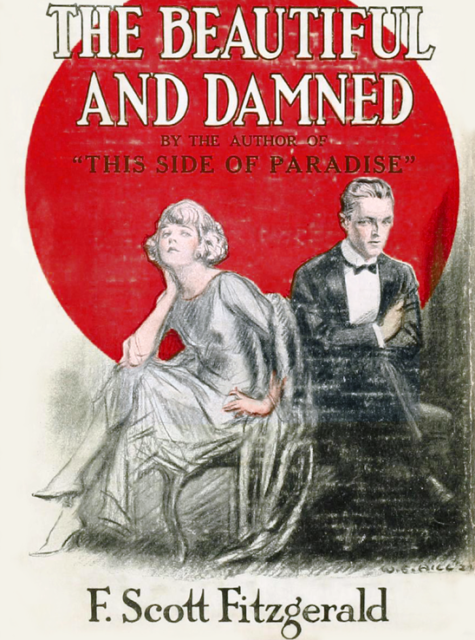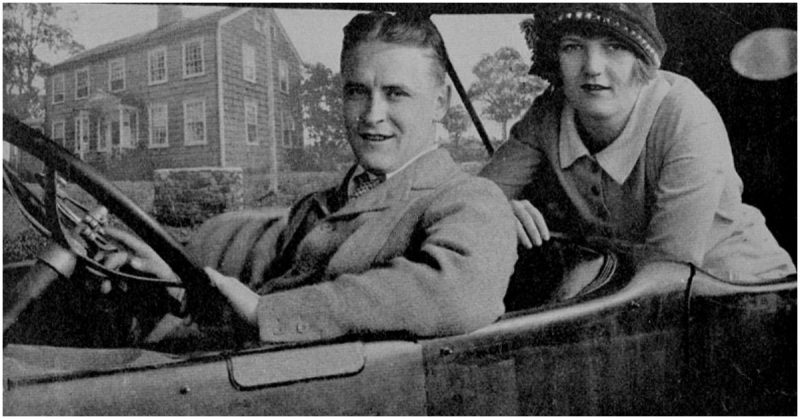One of the most dazzling periods of the 20th century is the Jazz Age or the so-called Roaring Twenties. Aside from the bootlegging, the hedonistic Parisian dancing nights fueled with notorious substances, and the get-rich-quick schemes, this period is definitely defined by an affluent creative energy revealed through the artwork of numerous writers, painters, filmmakers, and dancers.
Ernest Hemingway, Jelly Roll Morton, Josephine Baker, Picasso, Coco Chanel, Salvador Dali, and F. Scott Fitzgerald are the most prominent figures who embellished this glitzy post-war era, leaving a cultural heritage that still triggers people’s interest and poses many questions. One such intriguing character was Zelda Fitzgerald, the wife of F. Scott Fitzgerald, author of The Great Gatsby.
Zelda would be referred to as “the love of Fitzgerald,” “the mother of Fitzgerald’s daughter,” “the problem wife,” “the short-tempered muse,” and other descriptions that presented her as a supporting background figure of a great artist who enjoyed the maxim “Behind any great man there’s a great woman.” But Zelda was not a woman born for the background. Known for outrageous behavior, Zelda had her ways to steal the spotlight from Scott, and it seems that the life and work of this author, artist, and socialite has kept on fascinating the public 70 years after her tragic death.

Zelda Sayre Fitgerald was born in 1900 in Montgomery, Alabama. She came from a wealthy family and enjoyed a life of privilege. Zelda was a lovable character–intelligent, funny, and shrewd, although one of her flaws was her taste for attention-seeking. In her teens, she showed a great fondness for writing as well as dancing, which she loved doing at fashionable social events where she challenged the norms of the time by smoking, drinking, and flirting. She revealed in a high school journal: “I ride boys’ motorcycles, chew gum, smoke in public, dance cheek to cheek, drink corn liquor and gin. I was the first to bob my hair and I sneak out at midnight to swim in the moonlight with boys at Catoma Creek and then show up at breakfast as though nothing had happened.”

Soon after her graduation from Sidney Lanier High School in 1919, she met F. Scott Fitzgerald at a country-club dance. Fitzgerald was captivated by her free-spirited demeanor and devil-may-care spirit. Reportedly, his comment on meeting Zelda was: “I love her, and that’s the beginning and end of everything.” Standing at a much lower social scale than his beloved debutante, Scott proposed marriage and was turned down. But when Scribner agreed to publish his book, This Side of Paradise, Zelda changed her mind to “I do.” The couple married the week after Scott’s debut hit the market and almost instantly became a bestseller. Consequently, the newlywed became newlycelebs who wallowed in the euphoria and bon vivant principles of the era, creating a personal alcohol-soaked mythology that soon proved destructive to both.

Two years later, little baby Frances “Scottie” Fitzgerald joined the couple. It wasn’t long before the family was faced with financial problems due to their lavish spending habits, so they moved to France, where Fitzgerald wrote The Great Gatsby and Zelda learned to paint. Her restless spirit and fragile mental health were well managed through painting and dancing, which became Zelda’s creative outlets. Deciding to take dancing more seriously, she chose to study ballet. It seemed like a wise decision since she was an avid, disciplined dancer for the next few years. Her dancing abilities were recognized and brought her an invitation to dance with the Royal Ballet in Italy in 1928. However, she turned down the offer to write short stories.

Zelda’s writing tendencies display more than a pearl-twirling party girl. Fitzgerald was known to accuse her of plagiarism, suggesting his original works as the source for much of her writing, and she brought the same accusations against him. The reading audience has largely accepted the notion of Fitzgerald was inspired by Zelda, adapting his works and some of his characters from experiences with her. On the other hand, it must be mentioned that he also copied entries from her journals and used them in his books. Zelda ridiculed him about this, even saying that he “seems to believe that plagiarism begins at home.” Counter to his wife’s mockery, Fitzgerald undermined her literary ambitions, criticizing Save Me the Waltz, Zelda’s only published work, as unoriginal. According to him, she used details from the early version of his novel Tender Is the Night. However, Zelda had shown a talent for writing from a young age, as can be noted with her prize-winning story The Iceberg, written when she was only 18 and published in Sidney Lanier High School Literary Journal. According to The New Yorker, which published the story four years ago, when the story was unearthed, the Fitzgerald estate was surprised to learn of its existence.

The Fitzgeralds’ passionate marriage moved on a downward spiral filled with violence, alcoholism, and public rows. Zelda’s mental health problems grew worse. The 1929 crash of the stock market caused a similar crash in their extravagant lifestyle and they ended up completely broke. According to the Guardian “the lives and fortunes of Scott and Zelda peculiarly mimicked their eras: in the 1920s they were roaring for all they were worth, but with the crash in 1929, everything fell apart.”

One year later, Zelda was diagnosed with schizophrenia and suffered manic mood swings. This was the beginning of her treatments in various mental clinics. During her time in these institutions, Zelda found salvation in writing and painting. She started writing her second novel, Caesar’s Things and painted New York locations and scenes from her favorite story, Alice in Wonderland.
The Great Depression and his wife’s ravished mental health devastated Fitzgerald and on December 21, 1940, he died of a heart attack at the age of 44.

Like a terrible curse out of a somber love tale, his death appeared to be a premonition of the tragic death of Zelda. On March 10, 1948, in the Highland Hospital in Asheville, North Carolina, a fire started. Zelda, 47, who was sedated and locked in a room while waiting for her electroshóck therapy, was killed in the fire along with eight other patients.
The story of this jazz-age heroine inspired a number of literary and screenwriters, including Budd Schulberg’s biopic The Disenchanted and Nancy Milford’s book Zelda: A Biography, as well as the recent TV series Z: The Beginning of Everything, starring Christina Ricci.
